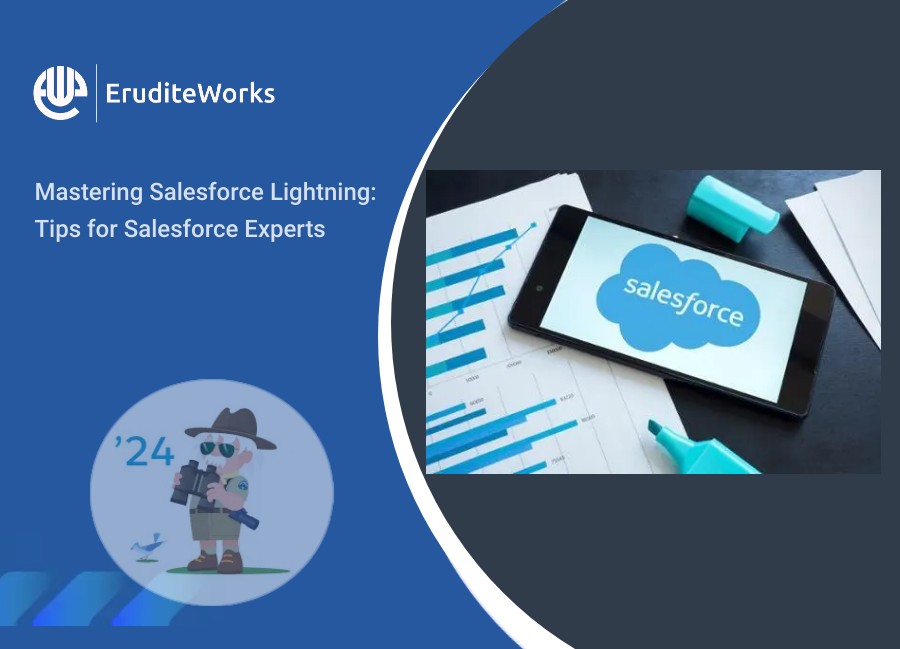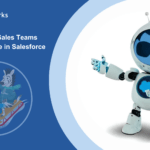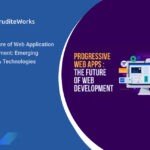In the ever-evolving customer relationship management (CRM) landscape, Salesforce Lightning has emerged as a powerful force, reshaping how organizations interact with their data.
For seasoned Salesforce experts, mastering the intricacies of Salesforce Lightning is not just a skill; it’s a strategic move to enhance user experiences and drive organizational success.
This blog will explore tips empowering Salesforce experts to navigate and master the Lightning experience.
Understanding the Importance of Salesforce Lightning
Salesforce Lightning is not just an upgrade; it’s a transformative shift in CRM technology. Its modern, intuitive interface offers many features to improve user efficiency and streamline processes.
As a Salesforce expert or salesforce consulting partner, recognizing the importance of this shift is the first step toward mastery.
This blog is explicitly crafted for seasoned Salesforce experts ready to dive into the advanced capabilities of Salesforce Lightning. Whether you’re a developer, administrator, or consultant, these tips will propel you toward mastering the Lightning platform.
Key Tips for Mastering Salesforce Lightning
Here are the tips that will empower you to ascend to new heights of expertise:
1. Embrace the Lightning Experience
Transitioning from Salesforce Classic:
Understand the nuances of transitioning from the classic interface to Lightning, unlocking a more visually appealing and efficient user experience.
Benefits of the Modern Interface:
Explore the advantages of the modern interface, such as improved navigation, customizable dashboards, and a more engaging user experience.
Exploring Lightning Experience Capabilities:
Delve into the capabilities offered by Lightning Experience, from dynamic dashboards to advanced reporting, and discover how to harness its full potential.
2. Stay Updated with Lightning Components
Role of Lightning Components:
Grasp the significance of Lightning Components as the building blocks of dynamic applications, enabling responsive and customizable user interfaces.
Importance of Staying Abreast:
Stay informed about the latest additions to the Lightning Component library, ensuring you leverage the most recent features and functionalities.
Customization and Utilization:
Master the art of customization, learning to tailor Lightning Components to meet specific business requirements and enhance user experiences.
3. Harness the Power of App Builder
Overview of Salesforce App Builder:
Explore the functionalities of App Builder, a user-friendly tool that empowers you to create custom applications without extensive coding.
Creating Custom Applications:
Learn how to design and build custom applications tailored to your organization’s unique needs, utilizing the drag-and-drop functionality for efficiency.
Leveraging Drag-and-Drop Functionality:
Enhance productivity by leveraging the drag-and-drop functionality of App Builder, allowing you to build applications quickly.
4. Optimize Lightning Record Pages
Role of Lightning Record Pages:
Understand how Lightning Record Pages contribute to the user experience by allowing you to customize layouts and arrange components strategically.
Customizing Page Layouts:
Tailor page layouts to optimize user workflows and present information in a way that aligns with your organization’s unique processes.
Arranging Components:
Master the art of arranging components on Lightning Record Pages for a tailored user experience that boosts productivity.
5. Explore Lightning Flow
Power of Salesforce Lightning Flow:
Delve into the capabilities of Lightning Flow as a tool for automating complex business processes, creating seamless workflows, and guiding users through interactive experiences.
Designing Automated Workflows:
Learn how to design automated workflows that streamline processes, enhance efficiency, and reduce manual interventions.
Creating Guided Experiences:
Explore how Lightning Flow can create guided user experiences and smooth, intuitive journeys through various processes.
6. Customize with Lightning App Builder
Tailoring Salesforce Experience:
Utilize Lightning App Builder to customize the Salesforce experience based on user roles, ensuring that each department has access to the tools and information relevant to their roles.
Creating Specialized Apps:
Discover the process of creating specialized apps for different departments within your organization, enhancing customization capabilities with Lightning App Builder.
Enhancing Customization Capabilities:
Leverage the advanced customization capabilities of Lightning App Builder to adapt quickly to changing business requirements and create a cohesive user interface.
7. Implement Lightning Pages for Communities
Importance of Lightning Pages:
Recognize the significance of Lightning Pages in Salesforce Communities, where customization can enhance engagement and provide a branded community experience.
Customizing Pages for Engagement:
Learn how to customize Lightning Pages to create engaging and responsive community experiences, fostering a strong online presence.
Strengthening Online Presence:
Explore how tailored community interfaces built with Lightning Pages can strengthen an organization’s online presence.
8. Embrace Lightning Web Components
Evolution of Lightning Web Components:
Stay abreast of the evolution of Lightning Web Components as a key feature in developing dynamic and responsive user interfaces.
Building Reusable Components:
Master the creation of reusable Lightning Web Components to enhance application performance and scalability.
Leveraging the Modular Nature:
Explore the modular nature of Lightning Web Components and how it streamlines development, promoting efficiency and more accessible maintenance.
9. Leverage Lightning Design System
Aesthetics in CRM:
Understand the importance of aesthetics in CRM and how a visually appealing interface contributes to user satisfaction.
Overview of Lightning Design System:
Explore the Lightning Design System and its role in creating a consistent and polished look across Salesforce applications.
Incorporating Design Principles:
Master incorporating design principles to create visually appealing interfaces that reflect professionalism and organizational identity.
10. Collaborate with the Salesforce Trailblazer Community
Importance of Community Engagement:
Recognize the importance of community engagement in the Salesforce Trailblazer Community for continuous learning and professional development.
Participating in Forums and Events:
Engage in discussions, ask questions, and share experiences in community forums and events to broaden your understanding and gain valuable insights.
Tapping into Collective Wisdom:
Tap into the collective wisdom of the Trailblazer ecosystem, collaborating with passionate individuals to elevate your expertise and contribute to the community.
Conclusion
By embracing the Lightning Experience, staying updated with components, harnessing the power of tools like App Builder and Lightning Flow, and collaborating with the Trailblazer Community, you can elevate your expertise and contribute to the success of your organization in the dynamic world of CRM technology. May your journey as a Salesforce Lightning master be both rewarding and impactful!
We hope you enjoyed the read! It’s a wrap!
Also Read: Top 10 Developer Updates for Salesforce Spring ’24







0 Comments